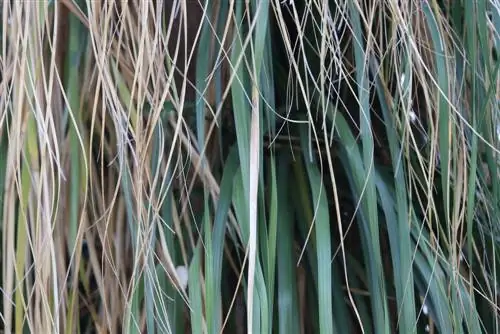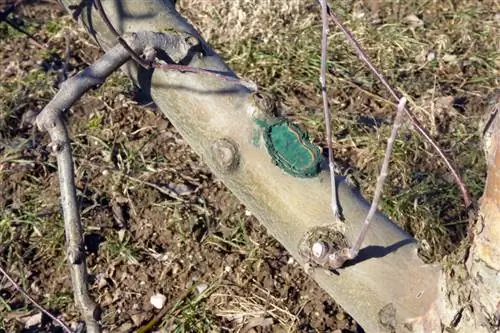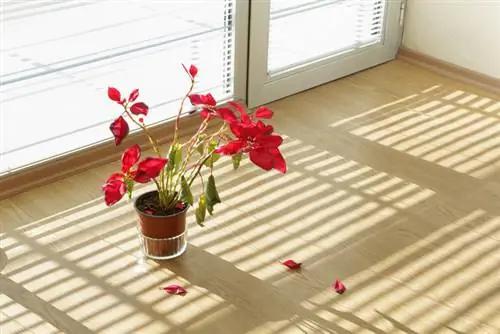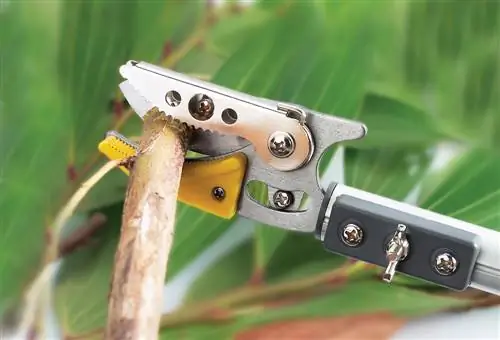- Author admin [email protected].
- Public 2023-12-16 16:46.
- Last modified 2025-01-23 11:22.
The elephant foot is very decorative and is considered quite easy to care for. Nevertheless, he can also enter. If you react to the first signs of disease or pests, you can usually save a damaged elephant foot.
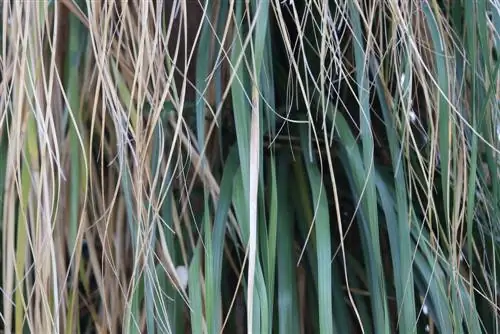
How can I save my elephant foot?
To save a damaged elephant's foot, pests should be rinsed off, wet soil replaced, watered when dry and perhaps the humidity increased or the location changed. Acting quickly increases the chances of saving the plant.
How do I react to illnesses?
Really serious plant diseases are actually very rare in a well-cared for elephant tree. However, yellow leaves or rotting roots can sometimes occur. In most cases, the elephant's foot was watered too often or too abundantly. It helps not to water the plant for the time being or to replace the soil. Otherwise, even the trunk may become soft and the elephant's foot will die.
What should I do if I have a pest infestation?
Scale insects, thrips or spider mites can also appear on elephant feet, especially when the (heating) air is relatively dry. This exotic-looking plant also occasionally suffers from mealybugs. Before you fight the pests, you should isolate the elephant's foot. Also check whether the neighboring plants are also infected. If you don't discover too many of the uninvited guests, it may be enough to rinse the plants thoroughly.
How does the elephant's foot react to unfavorable living conditions?
As a tropical plant, the elephant's foot prefers a warm and bright location. He reacts quite sensitively to cold and drafts. Dry air generally does not harm it, but some pests also thrive there. Therefore, the elephant's foot should be checked regularly and thoroughly for pests, especially during the heating season.
Incorrect care, such as too much fertilizer or water, is more damaging to the elephant's foot than too little of either. It can store nutrients and water in its thickened end of the trunk.
First aid measures for the injured elephant foot:
- Rinse pests thoroughly
- replace wet soil
- water thoroughly when dry
- possibly increase humidity
- change location if the environment is unfavorable
Tip
The sooner you respond to any unusual or sickly appearance in your elephant's foot, the better chance you have of saving the plant.

